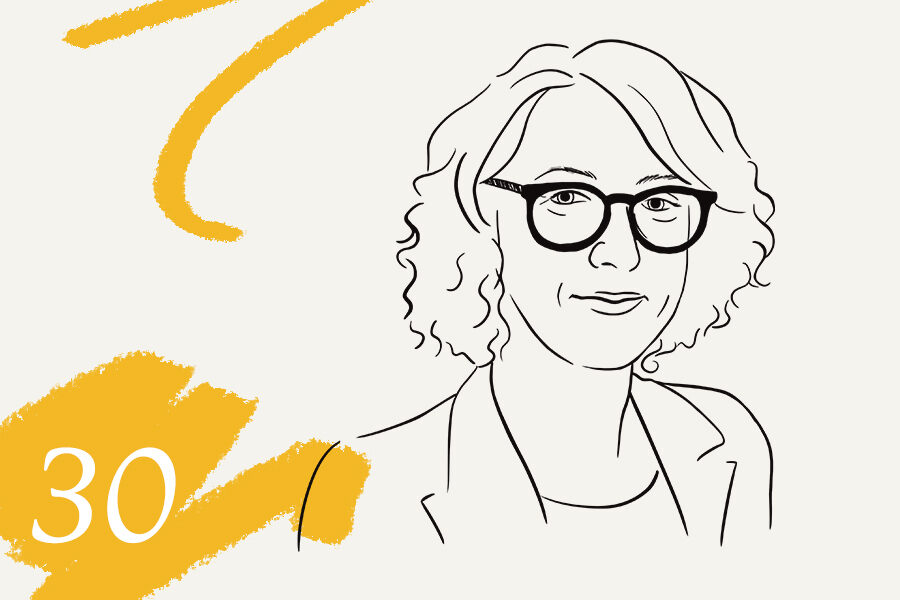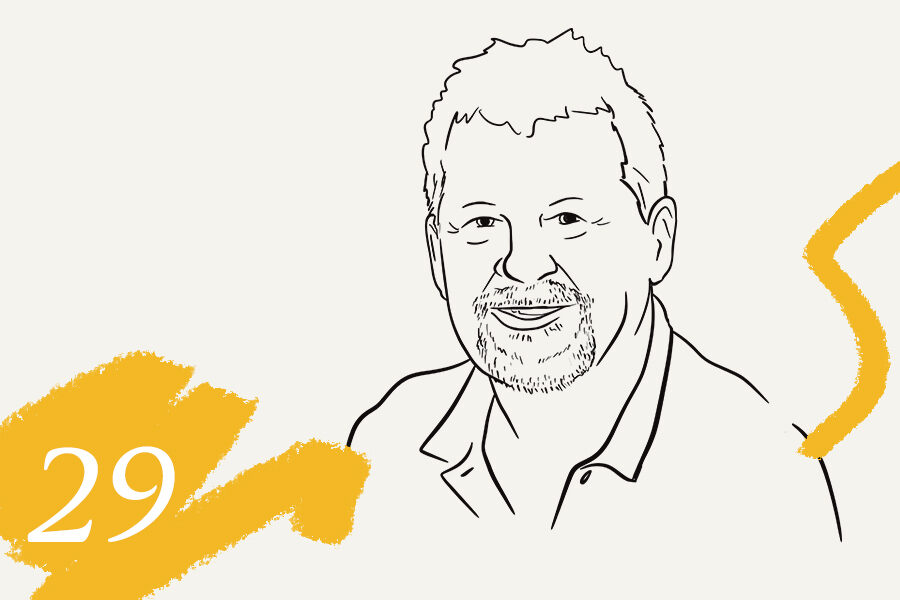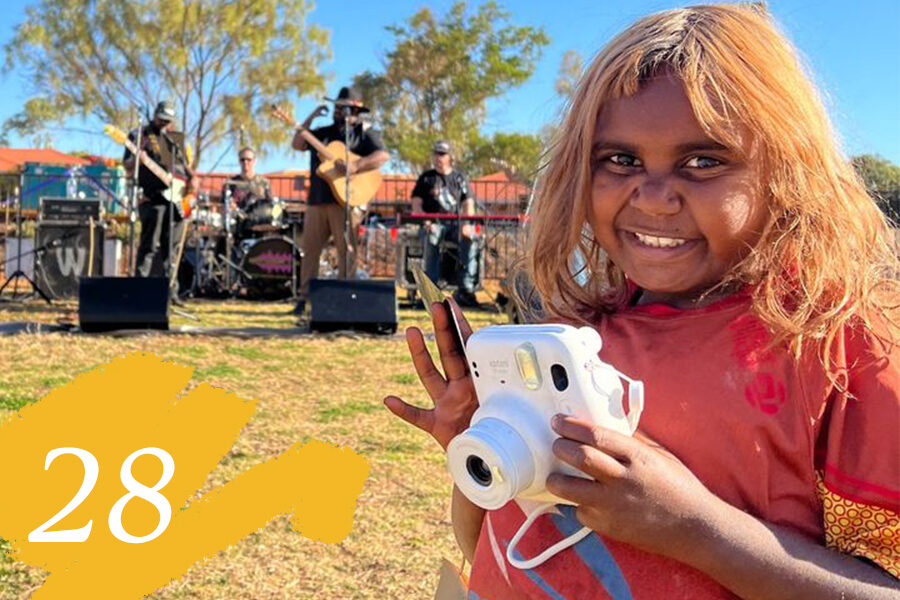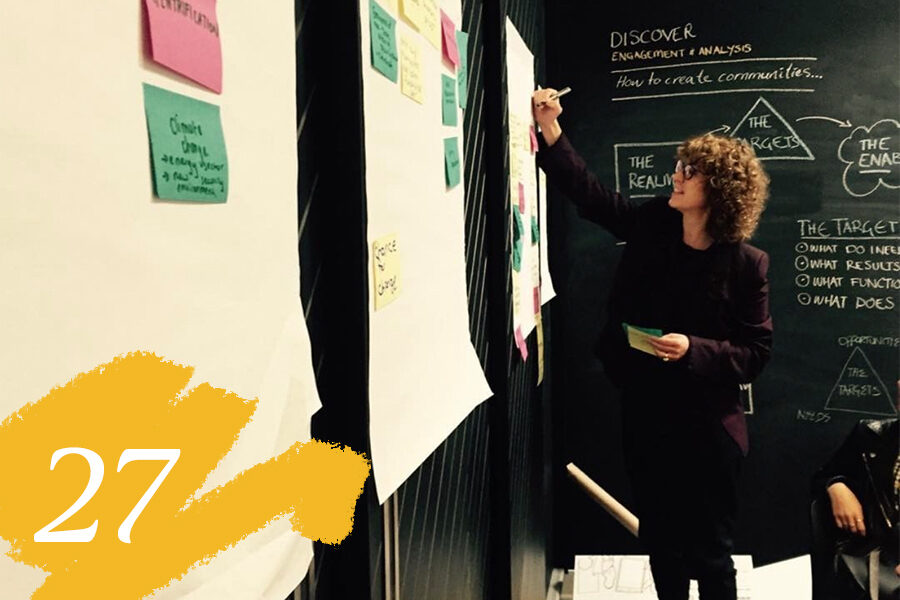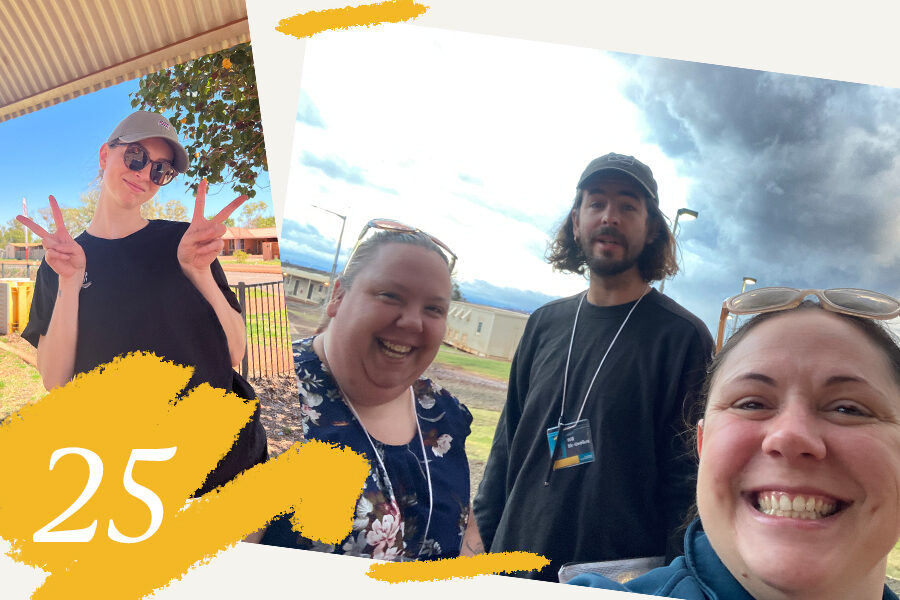Creating Communities’ beginnings were firmly in the land development space, where it pioneered intentional community consultation, development practices and models to accelerate connection and collaboration within the community. We met with Founding Director, Allan Tranter, to discuss what makes communities thrive over the long term.

CCA30: How is every land project different, and how are they the same?
AT: In many ways, the projects change, but how we go about the community development process stays the same.
When you look at any land development through the Sociology of Community and work through the Intentional Communities Matrix, you will uncover the unique strengths, weaknesses and opportunities lying within each community.
We set about utilising the uniqueness of each land development in our narrative – that’s where insights emerge.
So, the fundamentals are similar – there are people, land, and amenities – but how these come together in specific locations varies subtly and broadly.
CCA30: Where do you begin when you’re helping a group of unconnected people grow into a community?
AT: We bring all stakeholders – the developer, local government, residents, and businesses – to the table together as early as we can.
This changes from community to community. For example, we often work in developments with a high first-home buyers’ population. Knowing that they are time-poor with a long list of tasks and questions common to many, we bring them together so that they can meet, share knowledge and move forward together.
We begin communicating with new residents from the moment they buy land and share the story and vision for the community they’re entering. We want them to hear what’s coming and be invited to something as soon as possible.
Depending on the demographics that are attracted to the development, we’ll have anything from bushwalks to grazing tables, BBQs and family versions of speed dating to start those relational connections. Some of those first connections become fast- then lifelong friends.
When residents initially move in, we often have Slab-Slab-Slab parties (their concrete pad, a slab of meat and a slab of beer). We help them put a flyer together to help get that happening.
CCA30: Is CCA’s role instigated by the developer or required by the state or local government?
AT: It’s never stipulated, but it’s beneficial. Over the last couple of decades, developers have seen the benefits of investing in community development to the point where, if you’re not doing it in Western Australia, it’s difficult to sell land.

CCA30: Some of these developments have populations well over 5000 people with long project spans – who is doing that one-on-one work amid those projects?
AT: When it’s working well, it’s CCA and the organisations we’ve set up alongside local government. Their first communication may be from the developer inviting them to something CCA is coordinating.
The weakness in longer, larger projects is that at some point, the land developer feels that it is less necessary or shouldn’t be their job anymore. It’s our job to either ensure that ownership is transferred or that they continue to share the load so that momentum isn’t diluted over time.
CCA30: What makes a community thrive over the long term?
AT: When people catch a vision for what is possible around them and see evidence of it being realised, it’s irresistible. People will always have a deep longing to belong. It may be through gritted teeth initially because people have lost the art of being part of a community – different life experiences may have suppressed that desire, but it’s still who we are.
Connection, belonging, and the long-term investment communities make in fostering these two help them thrive.
Everything we do at CCA is about building people’s attributes, skills, and attitudes to be rich and full people connected in expressions of a safe community.
Ultimately, it’s always people who make a community thrive. CCA is simply an intentional, consistent and persistent conduit to bring what is possible into reality within community.


CCA30: You seem as invigorated by working with these communities as you were three decades ago – is that how it feels for you?
AT: If you’re not, you shouldn’t be doing this. I still get dirt underneath my fingernails, and do clean-up and tree-planting days, partly because it’s my sweet spot and brings me in contact with the community, but it’s also a reminder for me. If I’m unaware of what is happening in those discussions, I’m irrelevant to the conversation. It’s easy to quickly become a bureaucrat with no idea what’s happening at the grassroots level – far too many have gone that route without me joining them!
Quite simply, it’s what happens when your work is your vocation. I absolutely get a buzz out of it.
